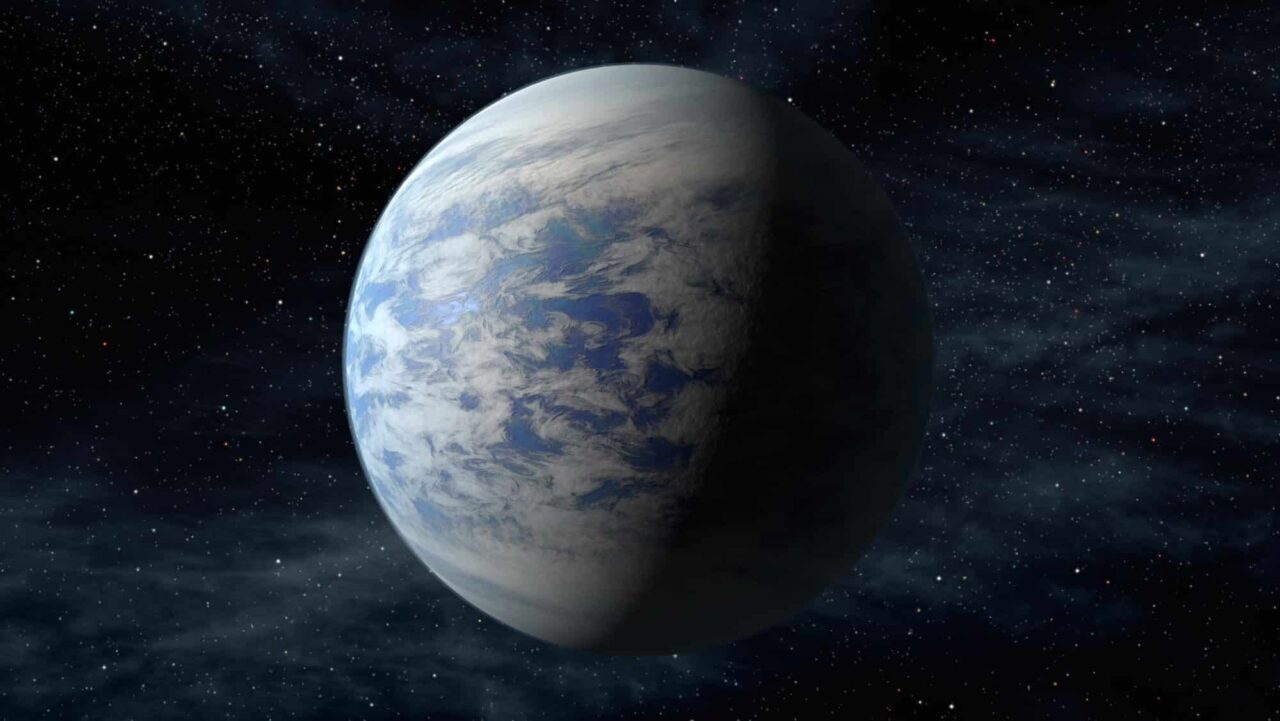Imagine staring into the high-beams of an oncoming car. Now imagine trying to pick out a speck of dust in the glare of the headlights.
That’s the challenge Olivier Guyon and Damien Gratadour face as they try to find the dull glint of an exoplanet — a planet orbiting a star outside our solar system — beside the bright light of its star.
The pair — Guyon is an instrument developer for Japan’s Subaru Telescope and an astronomer at the University of Arizona, and Gratadour is an associate professor at the Observatoire de Paris and an instrument scientist at the Australian National University — spoke with AI Podcast host Noah Kravitz about how they’re using GPU-powered extreme adaptive optics in very large telescopes to image nearby habitable planets.
Sighting an exoplanet is difficult because its light is “millions or a billion times fainter than the star around which it orbits,” according to Guyon.
Then comes the issue of the Earth’s atmosphere. The telescopes that Guyon and Gratadour work with are based on the ground. So their images experience atmospheric turbulence. The effect, Gratadour explains, is “similar to what you see above a hot road during the summer.”
Adaptive optics algorithms — accelerated by GPUs — can correct for this turbulence by using high performance computing, sharpening an image in real time. These corrections occur through a mechanical process called compensation, in which a deformable mirror behind the focus of the telescope is adjusted every millisecond. The result is a near-perfect image.
Astronomers can use this image to separate the faint light of an exoplanet from its star. Then, they can take a spectrum, or a graph of the different colors of light coming from the planet. Spectra can reveal the planet’s composition along with the presence of “water, methane and even plant life,” according to Guyon.
Guyon works on the Subaru Telescope in Japan, but this process is occurring at several very large telescopes. “Multiple teams are essentially racing,” he says. “We are all extremely impatient, because we know the planets are out there and we want to be able to image it.”
Gratadour is working on the next generation of telescopes, which should be ready for use in 2025. Today’s very large telescopes are 8 to 10 meters in length. The next generation of telescopes will be 4 to 5x as large, and will produce 25x as much computing power as their predecessors.
Temperate exoplanets bring up the possibility of extraterrestrial life. Asked about the existence of aliens, Guyon and Gratadour say there’s almost certainly life beyond our planet. The real questions to ask, Guyon says: “How frequent is it? How frequently does it evolve from bacteria or very simple forms of life to things that are much more complex like us? What does it become?”
To learn more about the work of scientists like Guyon and Gratadour, check out the websites of very large telescopes like the Subaru and Gemini.
Help Make the AI Podcast Better
Have a few minutes to spare? Fill out this short listener survey. Your answers will help us make a better podcast.
How to Tune In to the AI Podcast
Get the AI Podcast through iTunes, Castbox, DoggCatcher, Overcast, PlayerFM, Podbay, PodBean, Pocket Casts, PodCruncher, PodKicker, Stitcher, Soundcloud and TuneIn. Your favorite not listed here? Email us at aipodcast [at] nvidia [dot] com.
Featured image credit: NASA/JPL-Caltech
